Despite the NTO regime, SPN has grown 35% this year for AO: Neville Bastawalla
It’s been a busy time for Neville Bastawalla, Head - Marketing & On Air Promotions - Sports Business, Sony Pictures Networks India. The first week of October saw him involved with the broadcast of the epic clash between American basketball teams – the Sacramento Kings and the Indiana Pacers – in Mumbai as part of the NBA India Games 2019. The two pre-season games played on October 4 and October 5 were aired on Sony Ten 3, Sony Ten 1 HD as well as on the SonyLIV platform.
Now, Tennis Australia and Sony Pictures Networks (SPN) India has announced a three-year extension of their broadcast relationship at the official Australian Open 2020 Media Launch in Mumbai. SPN was selected as the exclusive television and digital rights holder for India and the subcontinent and will provide more than 200 hours of extensive coverage for each edition of the Australian Open. It will now be the home for Australian Open and all the lead-up events including the Adelaide International ATP 250 event.
SPN’s broadcast will be on a minimum of two English language linear television channels, along with streaming of all 16 match courts on SonyLIV.
In an earlier interaction with Adgully, Neville Bastawalla had spoken about the ‘massification’ of niche sports and creating a disruption in a cricket-obsessed country like India. In this interaction, Bastawalla speaks about SPN’s plans to promote Australian Open 2020 in India, the steps that need to be taken to increase reach and viewership of non-cricket sports and more.
With the extension of the broadcast partnership, what are your plans for Australian Open 2020? How has Australian Open worked out as a strategy for SPN?
Australian Open, the Asia-Pacific Grand Slam, has been with Sony since 2015. Sports like tennis are not massy enough, but there is a huge potential to grow. Taking our learnings from English content, with the advent of Netflix, etc., and introduction of sub-titles, the metro audience is watching more English shows. Sports being language neutral, offers a larger opportunity.
Our reach was 29 million in January 2018, and despite the NTO regime, our reach has grown 35 per cent this year for Australian Open. Thus, we are clearly on a growth trajectory and our sports properties will help us grow further. Sony Sports Cluster is on a mission to grow; we are not going to cater only to the purist, but are also planning how to get the marginal viewer to jump onto this bandwagon and consume world class content that we are providing.
Our portfolio is huge. In January when I took over, the first question that I was asked was why people were not consuming our properties like the Champions League, especially after the huge traction that we got for the FIFA World Cup 2018 in Russia, which garnered a viewership of over 177 million. That’s when we decided to massify our sports portfolio, starting with the UEFA Champions League. We got on board Farhan Akhtar, who watched the finals. We grew by 50 per cent compared to 2018. We also started a campaign, called ‘Sona Mat’, which was funny, entertaining and had high recall. Nobody is doing these kind of campaigns in the football space. Inviting new viewers to come on board is very critical. Relevance and localisation are also very important to grow these sports.
For Australian Open 2020, we are going to do shoulder programming, which is going to be localised to India and are also exploring ways to do a Hindi language feed to massif the sport. Last season we had crafted some great campaigns, this year, we also plan to create some cultural accelerators to take the reach beyond 41 million, to 50 million.
How is SonyLIV complementing your efforts?
We work together as a seamless team on all our key events. The content is the same, it is only the convergence of the screens. All our campaigns talk about both the screens. Generally the sponsors are the same, but in some instances SonyLIV has digital only campaigns.
You have continued to see growth in the post-NTO world. But overall how has the sports genre fared post the implementation of NTO?
The sports genre has seen its share of ups and downs, but sports can be primarily monetised through subscriptions, and we are playing that game. We will be true to the sports lovers and we have put out premium sports content together. Our last campaigns, which we did in August for India’s tour of West Indies and the Ashes, garnered huge traction. We saw new subscriptions and for us growth is happening.
How has viewership of non-cricket sports been?
Despite the general belief, there is a huge audience for non-cricket sports; it is all about packaging and how you present it. Millions of people watch the UEFA Champions League globally, but in India it is low. Why? The viewership in India comes mainly from the East, Goa and Kerala, because football as a spectator sport has not been presented well.
To give an example, we have done a beautiful campaign for WWE with a Kathakali dancer, which is a beautiful way of connecting a traditional dance form with wrestling, thus increasing its relevance for the Indian viewers.
Similarly, for Australian Open 2020 our campaigns will be totally different, and there will be a lot of localisation as well.




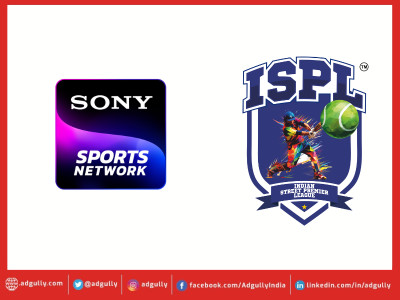
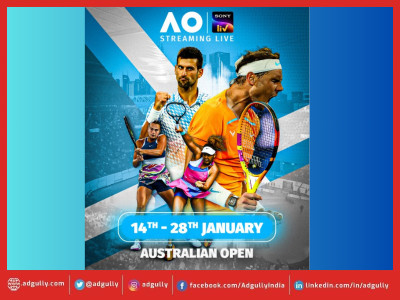
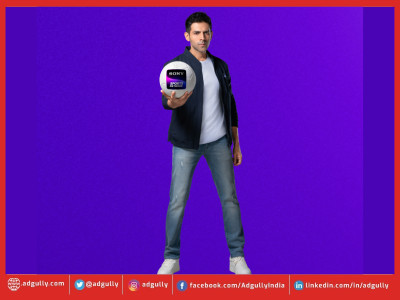
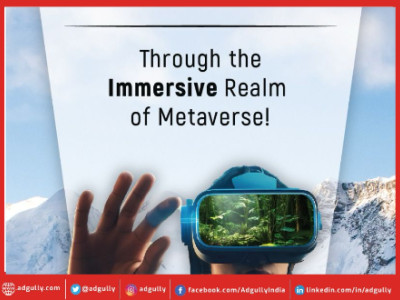



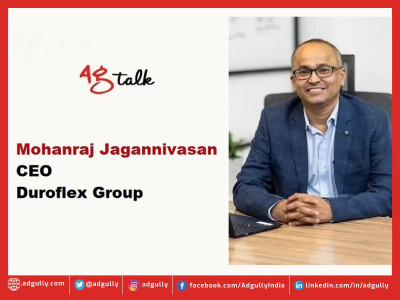
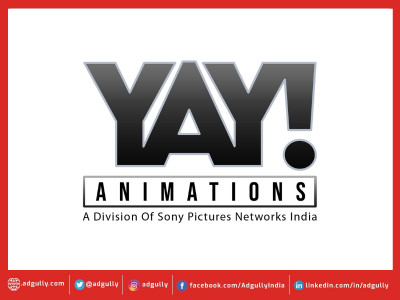
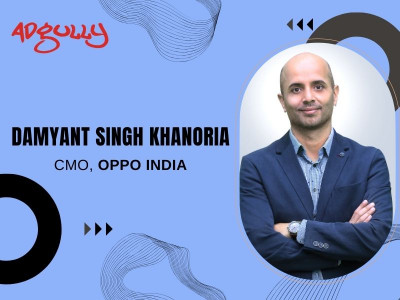
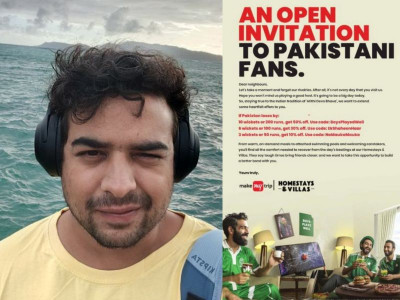
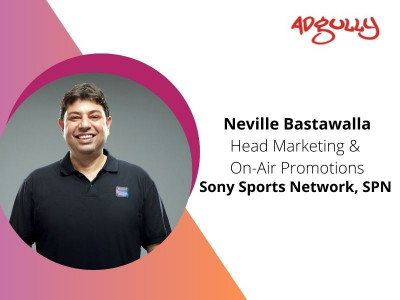


Share
Facebook
YouTube
Tweet
Twitter
LinkedIn